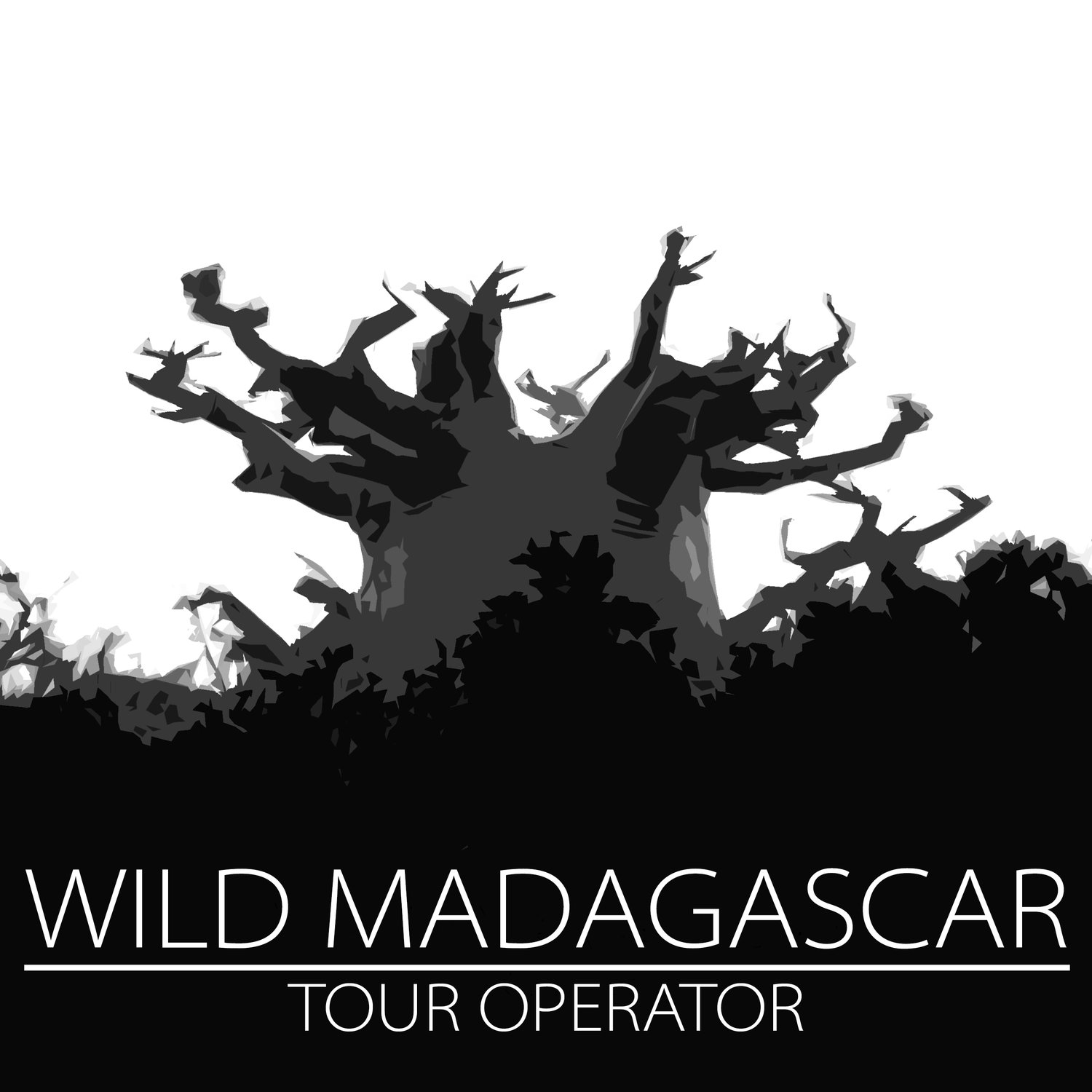Montagne d’Ambre National Park
Montagne d’Ambre National Park forms this conspicuous mountain high 1475 m absl with a geologic formation and climate sharply contrasting its surrounding. Montagne d’Ambre is located some 37 km southwest of the town of Antsiranana in the DIANA region in the northern part of Madagascar. Access to the entrance of Montagne d’Ambre national park passes through the village of Ambohitra named Joffreville by French colonialists and is at 4 km on a dirt path above the village. Montagne d’Ambre is a volcanic massif composed of basalt, basanite, and ankaratrite mainly covered by mid-altitude moist evergreen forest on its eastern and summital zones constantly affected by trade winds bringing local annual rainfall of about 3000 mm. The presence of several craters, some of which form lakes amongst the most famous lac Mahasarika, lac Maudit, Grand lac, confirm the volcanic origin of the massif d’Ambre apart from lava flow on its western side. The impact of seasonal cyclones are noticeable by the presence of secondary forest tree species repopulating stands of openings. On the western base and side of the massif d’Ambre, the forest transitions to dry deciduous type recalling the surrounding vegetation formation typical of the northern and western sides of Madagascar.
Montagne d’Ambre National Park has a total surface of 30689 ha in a zonation between zero and 1475 m. The particular zonation coupled with the presence of different types of vegetation, dry deciduous and moist evergreen forests, and ericoid mountain thicket close to the summit define the exceptional richness of the fauna and flora. In term of flora, Montagne d’Ambre is notable for its bird nest ferns, tree ferns, orchids, mosses and lianas mainly visible along a special path, “La Voie des Mille Arbres,” open in the under story in the northeast part entrance of the park where was located the former forest station. In total, 31 species of plant are known only from Montagne d’Ambre while other 54 species are shared by the park with no more than four other localities in Madagascar. Interest in fauna will focus on local endemics and elevated diversity in different groups of vertebrates including amphibians, reptiles noteworthy with 13 species of chameleons, particular to Montagne d’Ambre defines an exceptional concentration of chameleons in a single region, hence national park. Birds and lemurs deserve particular attention at Montagne d’Ambre moreover as distance is of little matter in a national park which comprises tracks for motorized vehicles. In fact, Montagne d’Ambre is one of the few national parks in Madagascar where driving is a serious means of discovering nature encompassing water falls, crater lakes and view points over the forest and the surrounding area, the local focal points of the national park of Montagne d’Ambre.
Tourist infrastructures are local facilities permitting a couple or several days of exploration of the Montagne d’Ambre national park. To fully enjoy montagne d’Ambre, please beware of the exceptional climate defining the massif d’Ambre characterized by rain, drizzles and fresh to cold temperatures advising for an adequate clothing.







